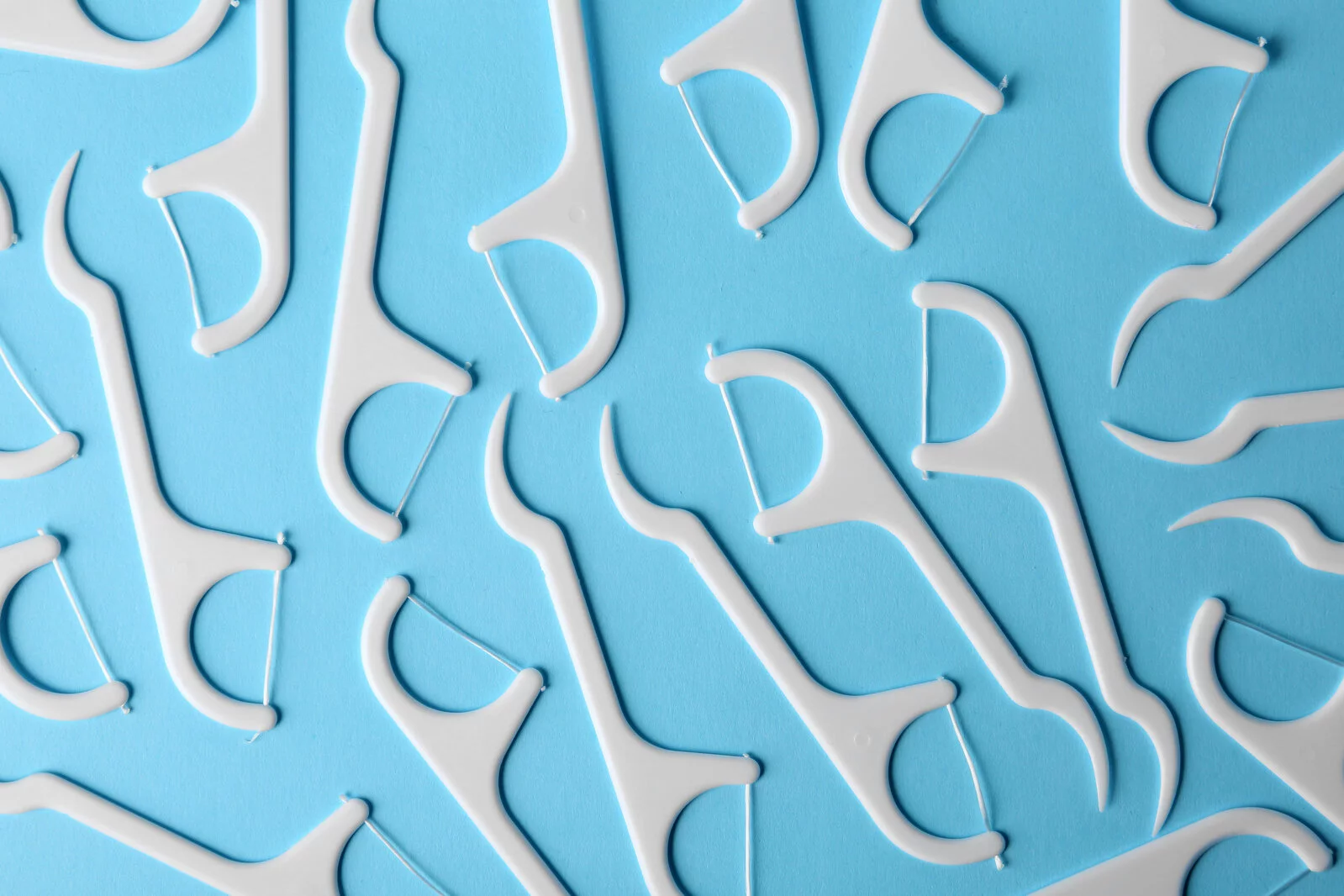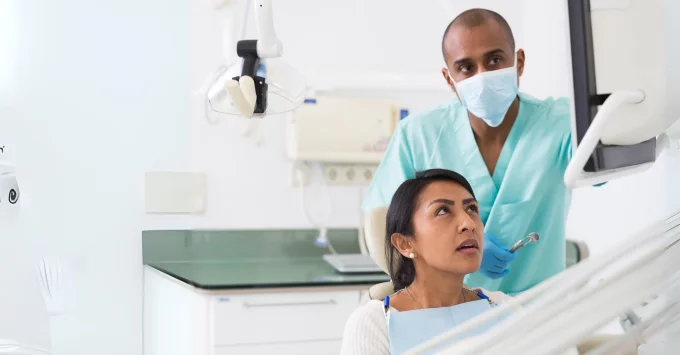This article objectively summarizes published scientific research. Original research citation in footer.
By JoAnn Gurenlian, RDH, MS, PhD, AAFAAOM, FADHA
August 2, 2025
Vaccines are the most effective way to prevent infectious diseases and are typically administered using a needle and syringe. However, some individuals avoid vaccines due to pain and needle phobia.
Investigators have begun examining the oral cavity as an approach to vaccine delivery due to ease of accessibility and mild environment compared with gastrointestinal or other routes. In particular, the junctional epithelium (JE) has been considered important for vaccination as it is an open system, enabling the bidirectional transmigration of substances between epithelial tissues and the gingival sulcus.
Researchers investigated the viability of using floss as a conduit to selectively target the JE for vaccination, believing this approach could offer a novel avenue for immunization for eliciting systemic and mucosal immunity.
Within this study, floss picks were coated with a fluorescent food dye (FFD) and an ovalbumin protein and applied to the gingiva of the lower incisors of mice. Results demonstrated that the coated floss effectively delivered material into the gingival sulcus, which was then diffused through the JE into the underlying tissue as early as 5 minutes post-flossing.
Floss was then coated with influenza virus, demonstrating protective immunity, which was unaffected by eating and drinking. Flossing was also compared to the inhalation route of vaccine administration in mice, and both methods were similar in heterosubtypic protection. However, the floss method may not stimulate IgA antibody titers as high as those obtained through inhalation vaccination.
Following the studies of flossing vaccination in mice, the potential for delivery in humans was addressed. Dental floss picks were coated with FFD and a trace amount of blue food color. Twenty-seven participants were given floss picks to use in the gingival sulcus, and findings showed that fewer than 12 floss passes were adequate for achieving a delivery efficiency of 60-80 percent.
Most participants found the floss pick easy to use with no pain or minimal discomfort perceived. In addition, 93% of the subjects preferred the floss pick over traditional needles used for vaccination. Further, 67% indicated they would be more likely to receive influenza or coronavirus vaccines if the floss pick method were available.
Results of this study indicated that the floss pick is a well-received and user-friendly option for future vaccine delivery. Floss offers the advantages of eliminating the need for vaccine reconstitution and can be distributed through the mail. The floss-based approach has the potential for use in many settings with minimal training.
It could also potentially reduce the response time and time required to achieve maximum coverage of large groups in the case of a future pandemic, reducing loss of life. An important limitation of using floss for vaccination is that it can only be used for people with teeth. It cannot be used for neonates until they experience tooth eruption.
Further study is needed to determine the impact of gingival tissue infection on vaccination.
To read more, access the full research article here.
____________________________________
This article summarizes the findings of the research article “Floss-based vaccination targets the gingival sulcus for mucosal and systemic immunization” by Rohan S J Ingrole, Akhilesh Kumar Shakya, Gaurav Joshi, Chang Hyun Lee, Lazar D Nesovic, Richard W Compans, and Harvinder Singh Gill, published in Nature Biomedical Engineering on July 22, 2025 (DOI: 10.1038/s41551-025-01451-3, PMID: 40696115).
JoAnn Gurenlian, RDH, MS, PhD, AAFAAOM, FADHA is the ADHA Director of Education and Research, professor emerita in the Department of Dental Hygiene at Idaho State University, and former president of the American Dental Hygienists’ Association, 1990-1991.



